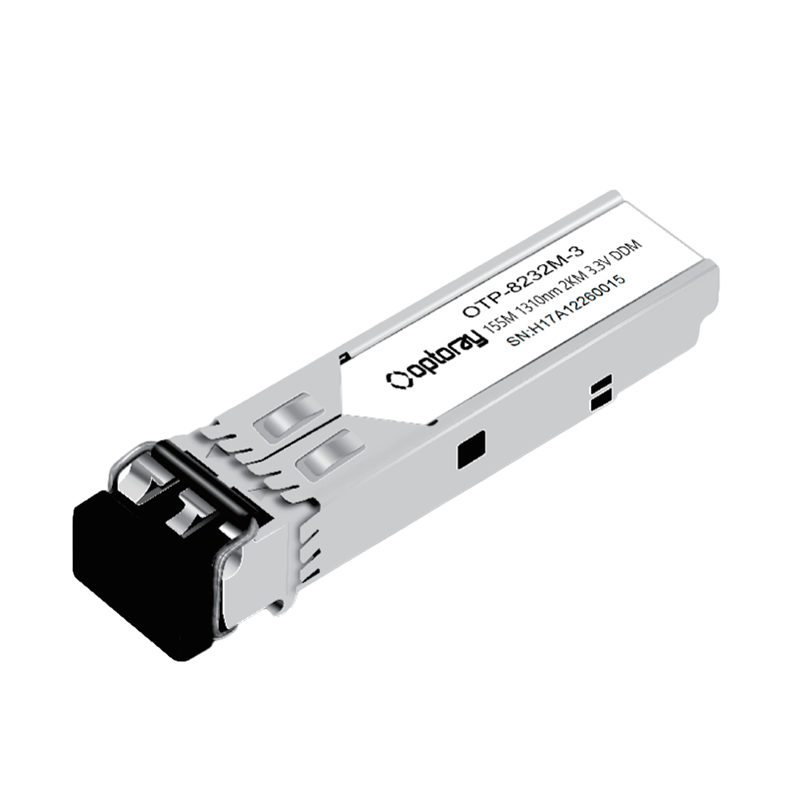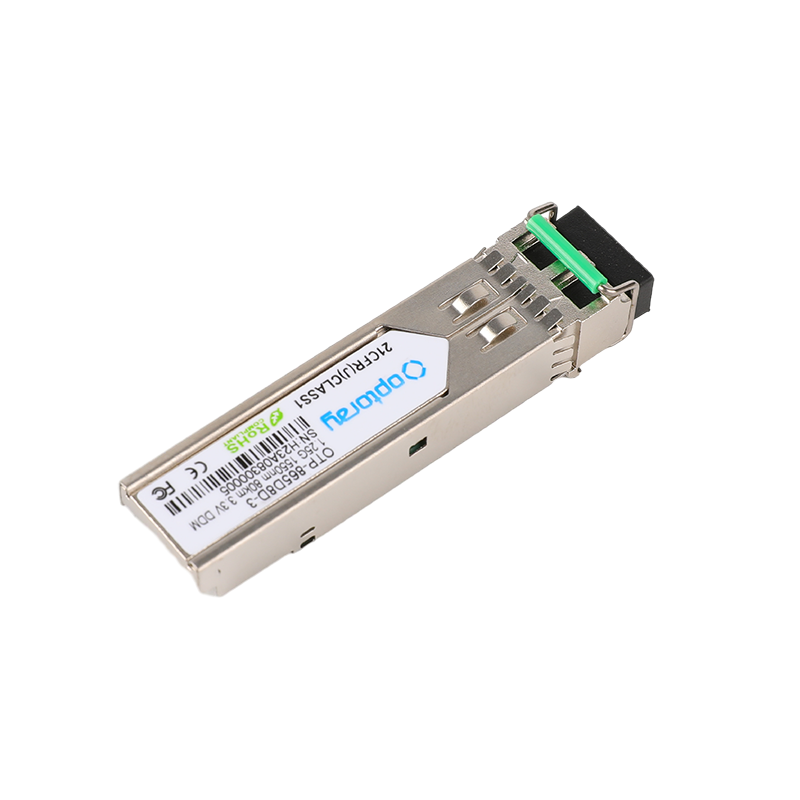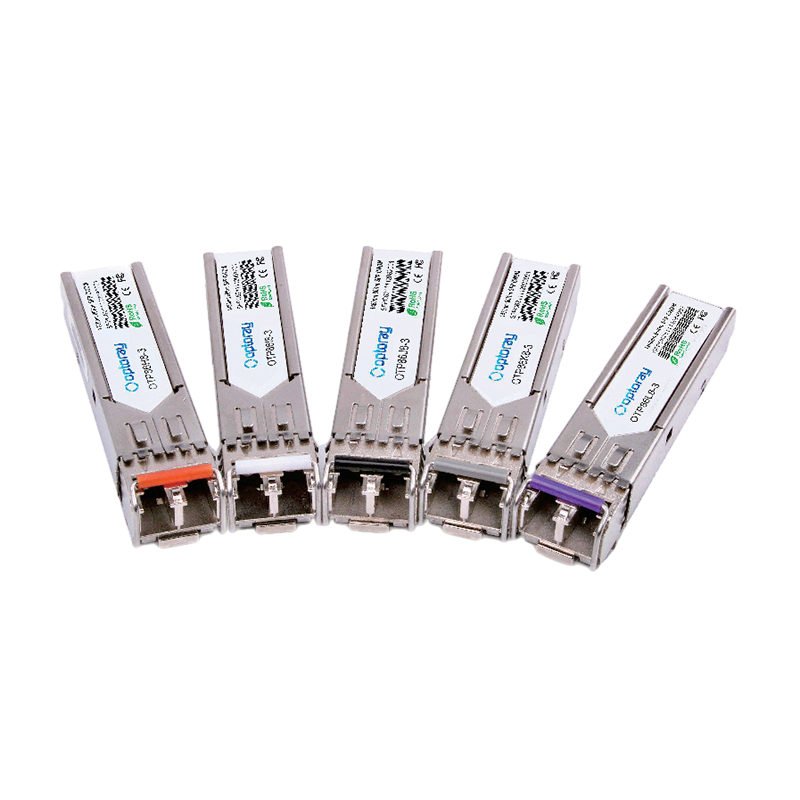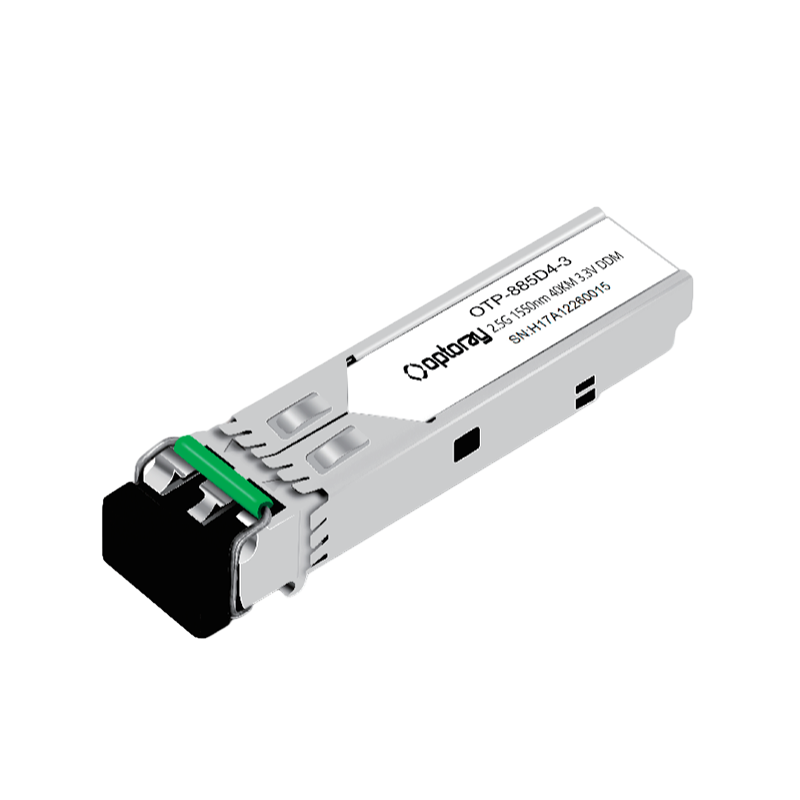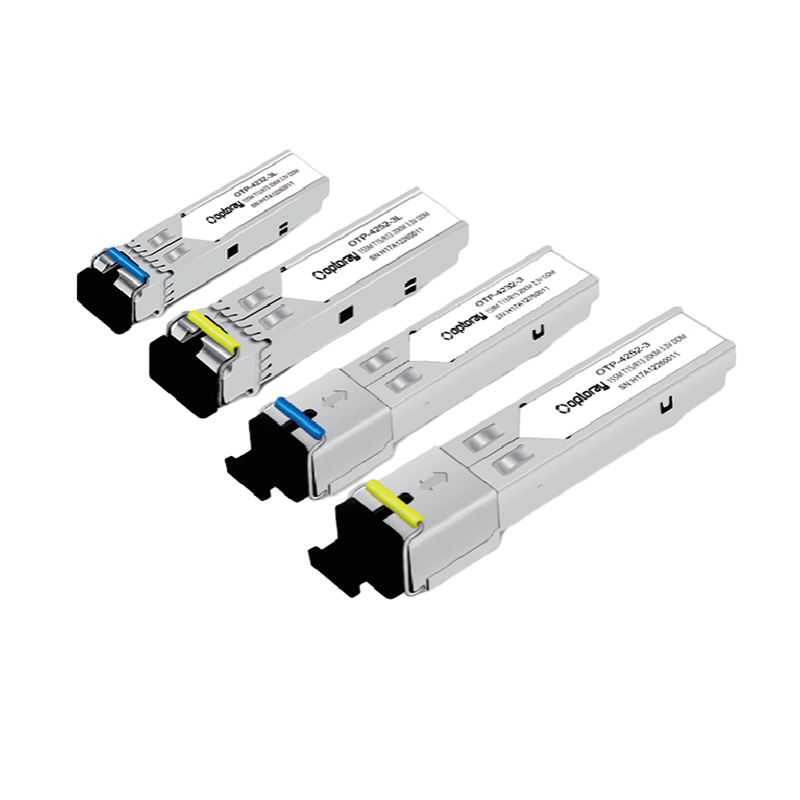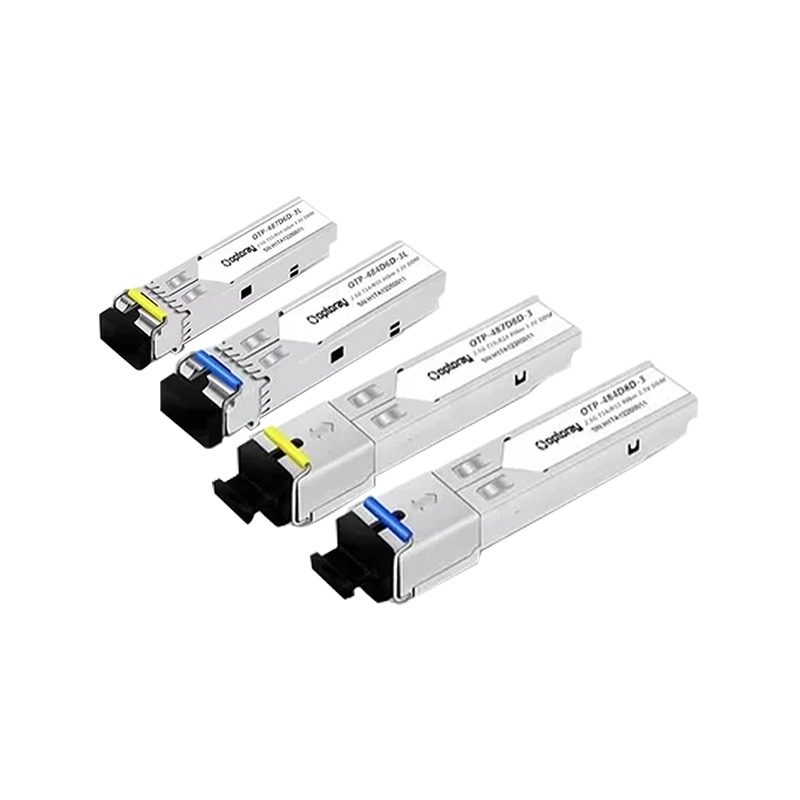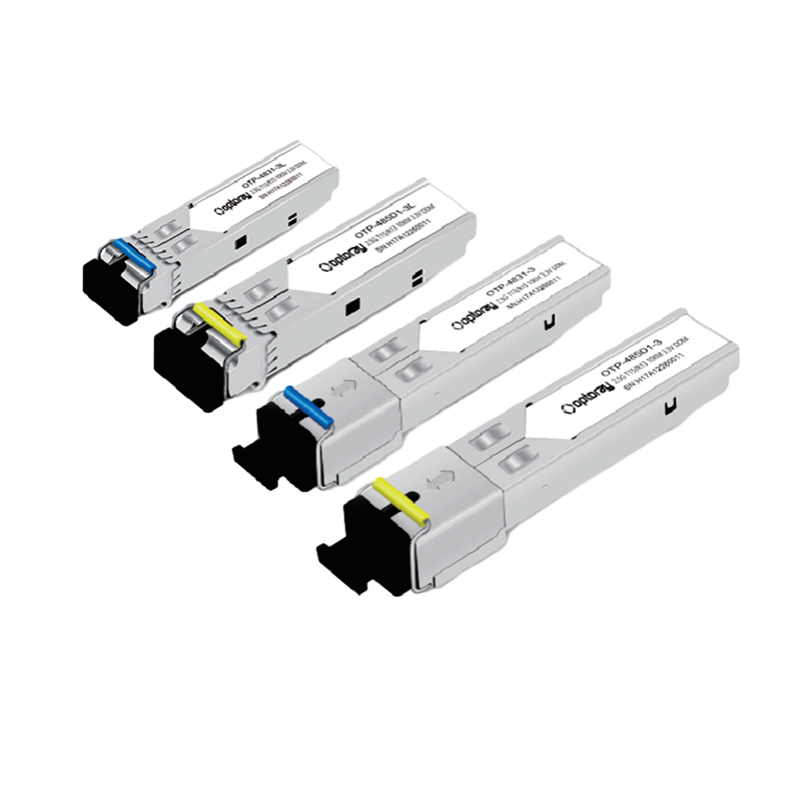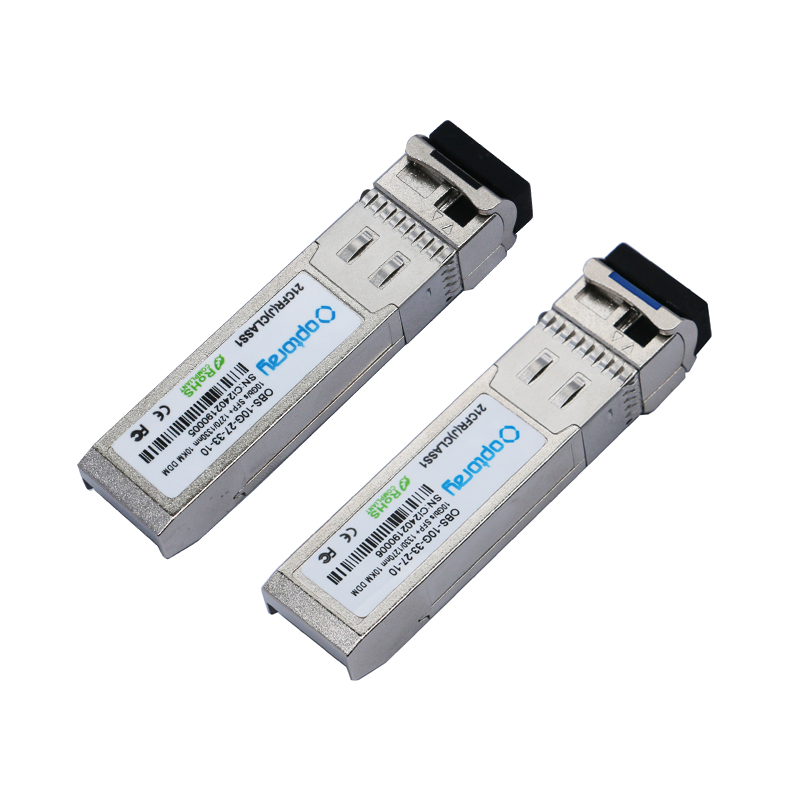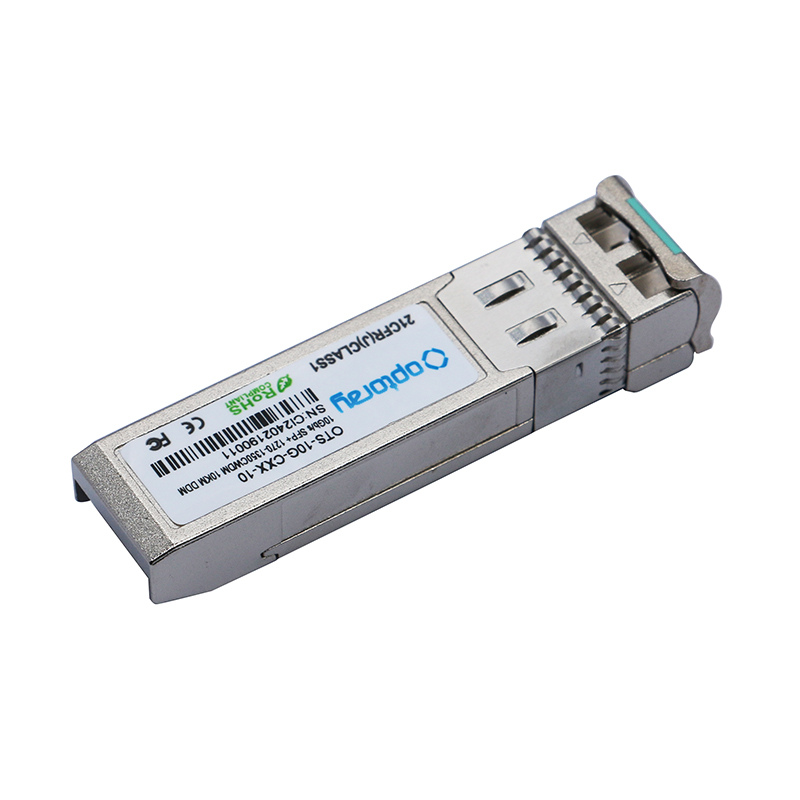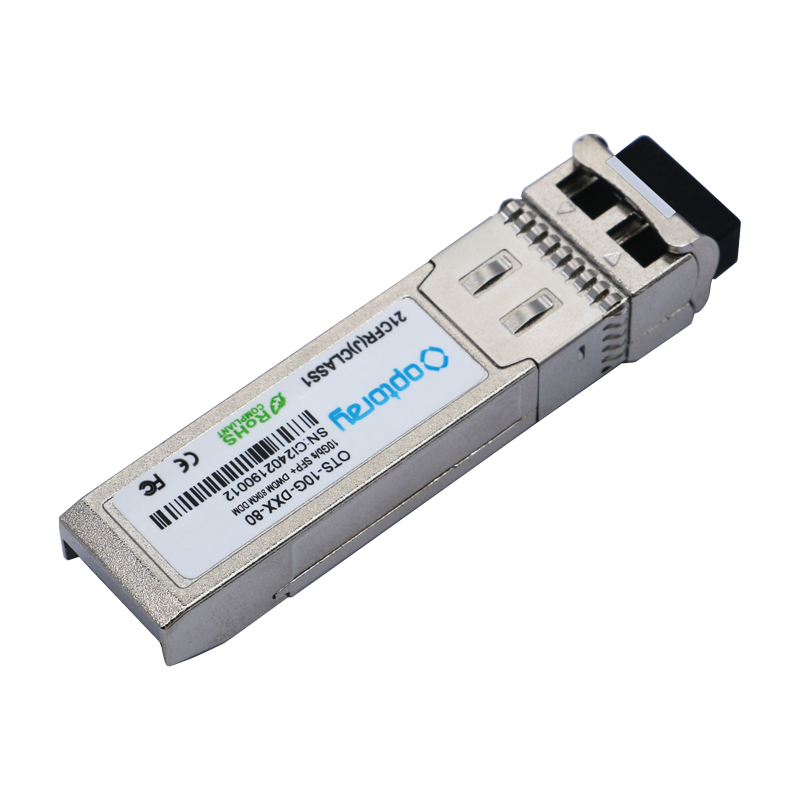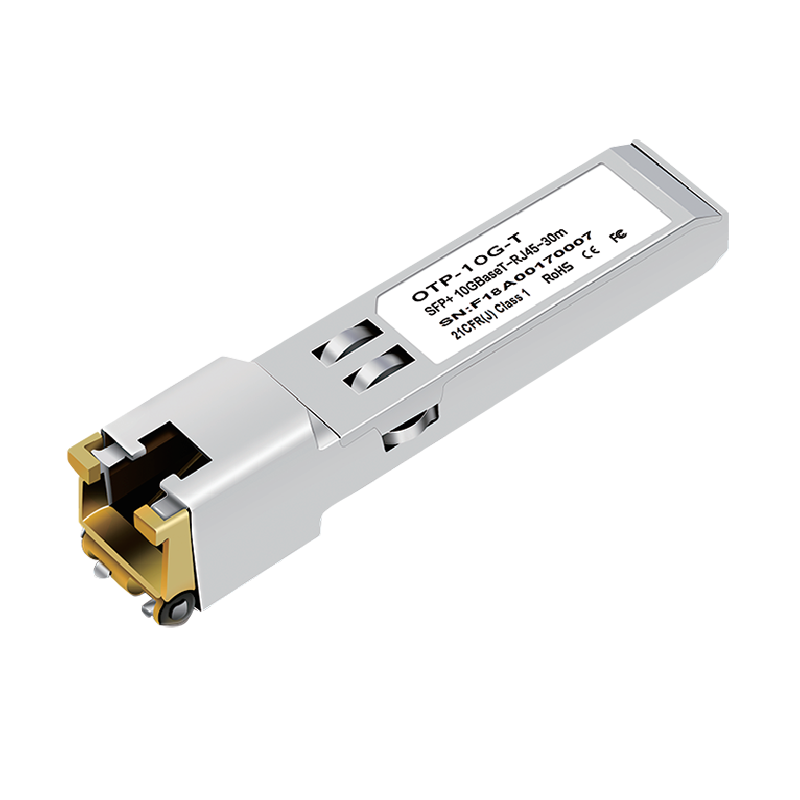+86-0559-5290604
10g Sfp Duplex 300m 850nm Lc Connector 10gbase-sr Mmf: MMF communication tool for 300m transmission at 850nm wavelength
In today's era of rapid digital development, the speed and stability of network communication have become key factors in determining the operating efficiency of enterprises and even the entire society. 10g Sfp Duplex 300m 850nm Lc Connector 10gbase-sr Mmf is gradually emerging and becoming a core communication component in many data centers, enterprise networks and other scenarios.
1. Basic specifications of 10G SFP Duplex module
The core of the 10G SFP Duplex module lies in its high-speed data transmission capability, which can achieve a data rate of 10Gbps, meeting the current urgent need for rapid transmission of large amounts of data. In terms of optical fiber type, the selected multimode optical fiber is lower in cost than single-mode optical fiber and is more suitable for short-distance communication scenarios. Its wavelength of 850nm is a commonly used band in multimode optical fiber communication. When the optical signal at this wavelength is transmitted in multimode optical fiber, it can better balance the transmission performance and cost. The transmission distance of 300m just meets the needs of short-distance high-speed communication such as between racks inside the data center and between network devices on different floors in the same building.
LC connector, as the interface of this module, has the advantages of small size and high density. In a network environment with high-density wiring, it can greatly save space. At the same time, it is easy to plug and unplug, and easy to maintain and manage.
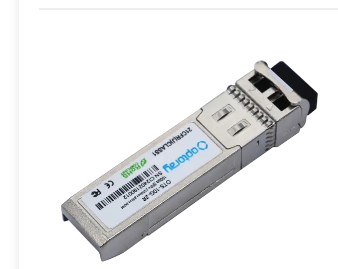
2. 10Gbase - SR Technical Specifications
As an important part of the IEEE 802.3ae standard, 10Gbase - SR defines the technical specifications for short-distance 10 Gigabit Ethernet connection through multimode optical fiber. It adopts a unique four-channel design, each channel can independently transmit 2.5Gbps of data, and the four channels work together to ultimately achieve 10Gbps high-speed transmission. This multi-channel design not only improves data throughput, but also reduces the frequency requirements of a single channel and reduces mutual interference between signals, thereby improving the stability and reliability of data transmission.
In terms of encoding, 10Gbase - SR adopts 8b/10b encoding scheme. This scheme encodes every 8 bits of original data into 10 bits for transmission. Although it increases a certain amount of transmission overhead, it brings many benefits. On the one hand, it can ensure that the signal has better DC balance when transmitted on the optical fiber and reduce signal distortion; on the other hand, by adding redundant bits, it can effectively detect and correct bit errors that occur during transmission, greatly improving the accuracy of data transmission.
3. The role and advantages of multimode fiber (MMF)
Multimode fiber plays a vital role in the 10G SFP Duplex 10Gbase - SR system. Compared with single-mode fiber, multimode fiber has a larger core diameter, generally 50μm or 62.5μm, which enables it to transmit multiple modes of optical signals simultaneously. Under the 10Gbase-SR standard, OM3 or OM4 standard 50μm core multimode optical fiber is usually used. OM3 optical fiber can ensure stable data transmission within 300m, while OM4 optical fiber has higher bandwidth, can provide better performance, support longer link lengths, and in some cases can even extend the transmission distance to 400m.
The cost advantage of multimode optical fiber is particularly prominent in short-distance communication scenarios. Due to its relatively simple manufacturing process and low raw material cost, the use of multimode optical fiber can significantly reduce the cost of network construction in environments such as data centers where short-distance wiring is required. Multimode optical fiber has relatively low requirements for light sources. For example, the 850nm vertical cavity surface emitting laser (VCSEL) used in the 10G SFP Duplex module is low in cost and easy to integrate, further reducing the cost of the entire system.
IV. Wide application scenarios
Internal interconnection in data centers: In data centers, high-speed data exchange is required between servers, storage devices, and switches. 10G SFP Duplex 10Gbase - SR module is an ideal choice for interconnecting devices within a rack and fast communication between different racks due to its high-speed and short-distance transmission characteristics. It can ensure fast data reading and writing between servers and storage, improve data processing efficiency, and meet the needs of data centers for high-performance computing and large-scale data storage.

Enterprise campus network: In an enterprise campus, network equipment connections between different office buildings or different floors of the same office building often face the challenge of high-speed communication. 10G SFP Duplex module can easily achieve 10G interconnection of network equipment within the campus, provide enterprises with a high-speed and stable network environment, and support applications within the enterprise such as video conferencing, big data transmission, and cloud computing that require high network bandwidth.
High-performance computing cluster: In high-performance computing scenarios such as scientific research institutions and universities, large amounts of data need to be exchanged quickly between computing nodes. 10G SFP Duplex 10Gbase - SR module can meet the needs of high-speed and low-latency data transmission within the computing cluster, ensure that computing tasks can be completed efficiently and collaboratively, and accelerate the progress and output of scientific research projects.



 English
English русский
русский


